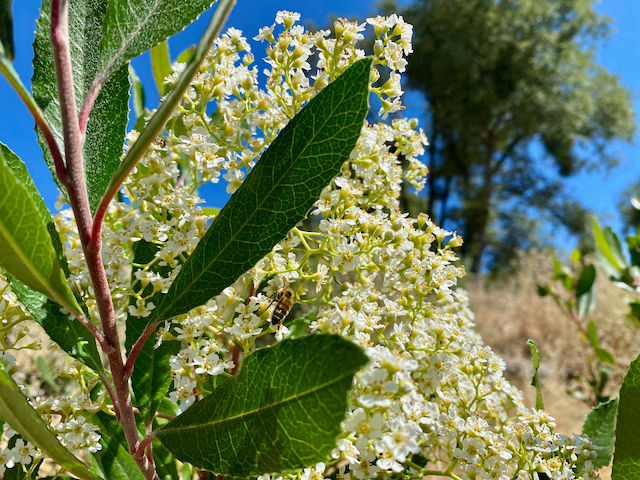Cathedral Peak
- Sean Kriletich
- Oct 30, 2022
- 3 min read
I had just dozed off in the passenger seat of the Park Service F-250 as it whined around the corners East of Crane Flat when the radio crackled to life. “TM-4, is Kriletich onboard?” asked the dispatcher. “We’ve got a situation on Cathedral Peak, drop him at the trailhead, Warren will be there with the go-bags.”
I drew a deep breath into a body tired and sore from days of searching for a hiker in the backcountry. I had been so looking forward to crawling into my tent at the Tuolumne Meadows Search and Rescue (SAR) site and getting some much-needed rest. Instead, I would be running several miles up two thousand vertical feet, with a moderate pack and a Division 1 track athlete setting the pace.
The F-250 groaned as the driver pushed more fuel into its massive engine and cut a 45-minute drive to 30. Arriving at the trailhead, I jumped out of the truck and my friend and fellow SAR team member, Patrick Warren, gave me a high-five as he handed over one of the go-packs. A young member of a boy-scout group had taken a fall near the top of the 10,196’ peak and there was no time to waste.
We set off with a loping run that took us to the bottom of the peak in half the time I would normally have taken with nothing on my back. Charging up the last half mile of near vertical terrain, we reached the summit ridge and spotted the boy-scout group gathered around a young boy on the granite slabs below us.
Moments later we were on scene where inexperienced and overconfident adults had allowed this child to tumble over 100’ off the steep ridge. Miraculously, there were few visible signs of injury. Patrick stabilized the patient’s back, moved the curious fellow boy-scouts aside, and began asking him some simple questions to check his awareness. At first his responses gave us hope, but the boy suddenly became angry, almost combative, a clear indication that he had sustained a serious head injury.
Although It had been less than 5 minutes since we arrived and nary an hour since we left the highway, the boy had already been injured for over two hours. Patrick and I exchanged a knowing and concerned glance as I pulled out the radio and handed it over. At 21, Patrick was already a seasoned Emergency Medical Technician and the leader of our two-person go-team. “Calling for an immediate helicopter extraction,” said Patrick. The boy-scout leader’s face went white for a moment. Ten minutes later the park bird was chopping the air above us, a litter was lowered, and we strapped in the boy. Moments later he was airborne, dangling under the chopper and headed east to the landing pad where he would be brought into the helicopter for transport to Mammoth hospital.
Patrick and I repacked the medical bags and started down the mountain with the boy-scout group in tow. Back at the SAR site, our every evening community dinner was waiting for us, along with word from the hospital. The boy had suffered massive cerebral hemorrhaging and the doctors believed that if another half hour had passed without treatment he would have died. The fresh trout from Tuolumne River, shared with a community of people in love with the mountains, tasted especially good that night.
As I look back over 20 years later, I feel an overwhelming gratitude to have had the opportunity to live, work and play with the members of Yosemite Search and Rescue in the early 2000’s. Most days we took to vertical granite walls for the painful pleasure the rock-climbing afforded. Yet, we were always ready to heed the beeping call of the pager and use our skills so that humans who had put themselves in deadly situations might have a future. This experience shaped the course of my life and made me realize that, as it always has, the future starts now.





Comentarios